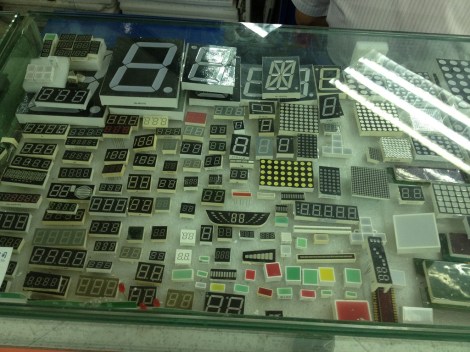When you’ve got a month worth of blog postings it’s pretty difficult to choose one photograph that sums it all up. This one shows the tour group from MIT Media Lab in ESD garb ready for their tour of Okano SMT and Speaker Factory. It was part of a tour of Shenzhen aimed at bringing graduate students up to speed on what it means to manufacture products in the city. Luckily, Freaklabs member [Akiba] was one of the staff members of the program and blogged extensively about the experience. At first glance his page full of post abstracts looks really boring, but click through because both his recount and the commented images associated with each day are fun and fascinating ways to tag along with the group.
If you’re really good with faces you can pick [Bunnie Huang] out of the lineup above (he’s the third from the right). He had the original idea for the program and brought aboard a few others to help make the thing a success. The group toured a wide range of factories and parts markets in the city. This included your traditional electronics manufacturing venues but there was even a side trip to a diaper and feminine napkin plant to see the non-electronic factories in operation. In addition to tours there were lectures by industry members like HAXLR8R, a group that specializes in helping start-ups navigate the manufacturing jungle.


















